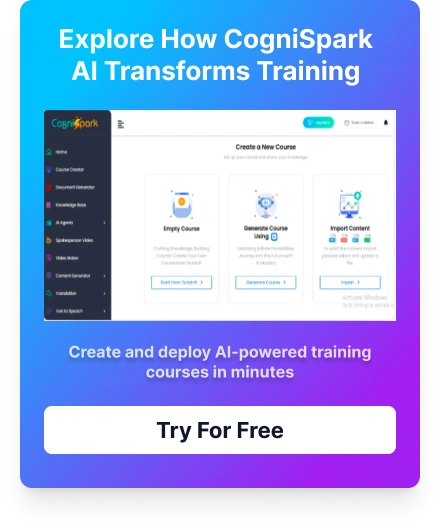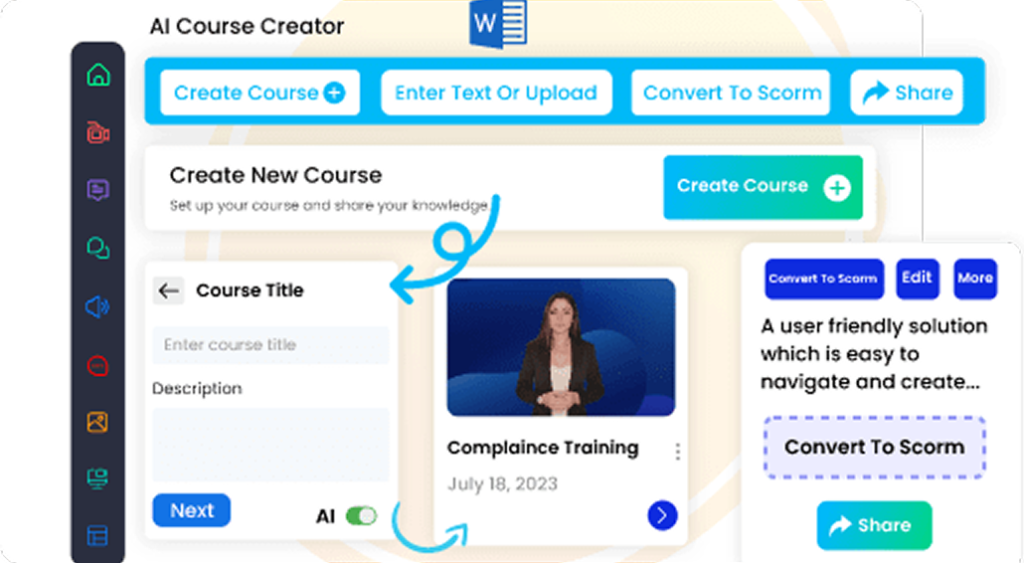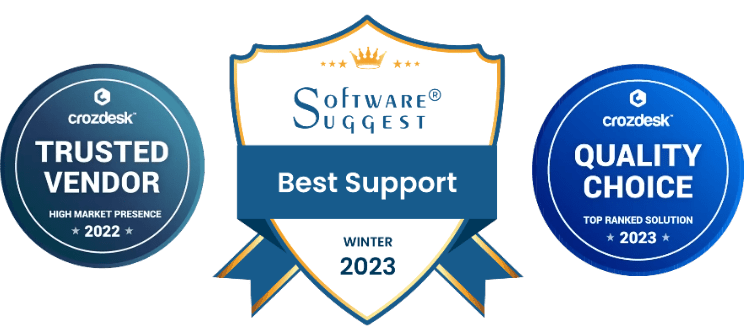The Importance of DEI Compliance for Modern Organizations
In today’s interconnected, globalized business landscape, Diversity, Equity, and Inclusion (DEI) have become vital pillars for organizational success. diversity and inclusion training for employees extends beyond mere regulatory requirements; it is a strategic necessity that fosters innovation, boosts employee engagement, and enhances overall performance. Embracing diversity involves recognizing and respecting differences across race, gender, ethnicity, age, sexual orientation, disability, and other attributes. Doing so broadens perspectives, nurtures creativity, and strengthens problem-solving within teams.
Research by McKinsey & Company highlights that companies in the top quartile for racial and ethnic diversity are 35% more likely to outperform their competitors financially. This statistic underscores the tangible benefits of cultivating diverse workforces. Regulatory frameworks like the US Equal Employment Opportunity Commission (EEOC) mandate organizations to prevent discrimination and promote fairness. Compliance not only helps organizations avoid penalties but also builds a reputation as equitable workplaces. Inclusive policies attract top talent, particularly among younger generations who value social responsibility and inclusivity.
Adopting a culture of inclusion provides strategic advantages such as increased innovation, higher employee morale, and better market understanding. Reflecting diverse customer bases allows companies to serve clients more effectively, while a strong DEI commitment enhances reputation and brand loyalty. Ultimately, integrating DEI into corporate culture positions organizations as forward-thinking leaders. Implementing comprehensive DEI strategies ensures sustained growth and a competitive edge in today’s dynamic business environment.
Exploring the Foundational Elements of DEI Compliance
Understanding the core components of DEI compliance is essential for organizations dedicated to fostering fairness and adhering to legal standards. These elements include legal frameworks, organizational policies, and cultivating a supportive company culture.
Legal Frameworks Surrounding DEI
Legal compliance forms the foundation of DEI efforts, safeguarding employees’ rights and maintaining organizational integrity. In the United States, laws like the Civil Rights Act of 1964 prohibit discrimination based on race, color, religion, sex, and national origin. The Americans with Disabilities Act (ADA) and the Equal Pay Act further reinforce DEI principles by protecting workers with disabilities and addressing wage disparities.
Globally, legal approaches vary: The European Union enforces anti-discrimination directives through the EU Charter of Fundamental Rights, while countries like Canada have human rights codes mandating proactive inclusion. Staying compliant requires organizations to stay informed about evolving legal standards and adapt policies accordingly to mitigate risks and demonstrate a genuine commitment to fairness.
Organizational Policies Promoting DEI
Beyond adhering to laws, companies establish internal policies that embed DEI principles into daily operations. These may include mandatory anti-discrimination training, inclusive hiring practices, and transparent grievance procedures. Effective policies clearly articulate corporate values and set expectations for all employees.
Implementing structured onboarding, forming diversity task forces, and adopting bias mitigation strategies help integrate DEI into organizational DNA. For example, some companies utilize blind recruitment to minimize unconscious bias and set diversity hiring targets to track progress. Regular policy review ensures ongoing alignment with legal standards and corporate objectives.
Building a Supportive Company Culture
While policies and legal compliance are crucial, fostering an inclusive and supportive culture is vital for meaningful DEI progress. A positive environment promotes psychological safety—where employees feel valued, respected, and confident in expressing diverse perspectives.
Leadership plays a pivotal role in modeling inclusive behaviors and actively addressing exclusionary practices. Organizations invest in continuous DEI training, employee resource groups (ERGs), and open forums for dialogue to nurture belonging. Such efforts lead to higher engagement, retention, and innovation, reinforcing the importance of culture-building alongside policies.
In summary, establishing a strong DEI foundation involves understanding legal requirements, developing comprehensive policies, and cultivating an inclusive culture. Solutions like CogniSpark AI provide tailored e-learning modules that enhance awareness and practical understanding, advancing organizations toward a genuinely equitable and inclusive workplace.
Diversity & Inclusion Compliance Essentials
Foster a respectful and inclusive workplace. Gain insights into compliance requirements, unconscious bias, and strategies that support diversity and equity at work.
How to Design and Implement Engaging DEI Training Programs
Creating impactful Diversity, Equity, and Inclusion (DEI) training programs is key to fostering workplaces that value differences and promote equality. Well-designed initiatives enhance culture, improve teamwork, and boost innovation. This chapter covers best practices for developing engaging DEI training, delivery methods, and measuring success.
Understanding Foundations of DEI Training
DEI training aims to raise awareness, promote behavioral change, and embed inclusive values. Programs must be rooted in credible research, tailored to an organization’s context, and delivered authentically. Experts emphasize that effective DEI training should be ongoing rather than one-off, fostering continuous learning and cultural commitment.
Best Practices for Crafting Engaging DEI Programs
- Conduct a Needs Assessment: Utilize surveys, focus groups, and climate assessments to pinpoint specific challenges and opportunities, ensuring relevance and engagement.
- Set Clear Objectives: Define measurable goals like increasing awareness of unconscious bias or improving cross-cultural communication to guide content and evaluate impact.
- Incorporate Interactive and Experiential Learning: Use scenarios, role-plays, storytelling, and case studies to make content relatable, memorable, and to encourage active participation.
- Use Diverse Content: Include videos, articles, testimonials, and expert insights to deepen understanding and foster empathy.
- Create Safe Spaces: Establish ground rules and confidentiality protocols so employees feel comfortable sharing experiences and challenging biases.
Effective Delivery Strategies
- Leverage Multiple Formats: Combine in-person workshops, virtual sessions, e-learning modules, and microlearning opportunities to cater to different learning styles and schedules.
- Engage Leadership and Champions: Leaders participating actively demonstrates organizational commitment; identify DEI champions to promote initiatives and facilitate discussions.
- Personalize Content: Tailor training to reflect organizational culture and demographics, enhancing relevance and buy-in.
- Reinforce Learning: Offer ongoing resources, refresher courses, and forums for discussion to sustain behavioral change over time.
Measuring Impact and Engagement
- Define Metrics: Track participation, completion rates, assessment scores, and behavioral indicators; gather qualitative feedback for insights.
- Pre- and Post-Assessment: Evaluate shifts in knowledge and attitudes to determine effectiveness.
- Monitor Organizational Outcomes: Look for increased diversity in leadership, improved retention of marginalized groups, and cultural shifts.
- Use Technology: Employ LMS and analytics tools to measure engagement, identify patterns, and inform continuous improvement.
Learning Built Around Your Goals.
Discover how our courses can align with your training goals and drive real results.
Overcoming Common Obstacles in Implementing DEI Initiatives
Implementing DEI initiatives is vital for cultivating an inclusive, innovative organizational culture. However, challenges such as resistance or resource limitations often impede progress. Recognizing these hurdles and employing targeted strategies are essential for success.
Common Challenges in DEI Implementation
- Lack of Leadership Commitment: Without visible support from top management, DEI efforts lack credibility and momentum.
- Employee Resistance: Staff may be indifferent or oppose initiatives due to misinformation or discomfort with change.
- Limited Resources: Budget constraints or insufficient personnel can hinder program development.
- Implicit Biases: Unconscious prejudices influence decision-making and block diversity efforts.
- Entrenched Culture: Existing norms and practices may conflict with DEI goals, creating systemic barriers.
Strategies to Promote Participation and Engagement
- Leadership Engagement: Leaders must articulate DEI importance, model inclusive behaviors, and integrate diversity into organizational goals.
- Employee Involvement: Involving staff in program design fosters ownership and relevance.
- Accessible Training: Offer engaging, interactive DEI education to raise awareness and reduce biases.
- Recognition and Incentives: Celebrate DEI champions and incorporate inclusivity into performance reviews to motivate participation.
- Transparent Communication: Maintain open channels to clarify objectives and dispel misconceptions.
Handling Resistance and Fostering an Inclusive Culture
- Open Dialogue: Create safe spaces for employees to voice concerns and share experiences.
- Use Data: Present research and organizational data to highlight DEI benefits and justify initiatives.
- Implement Gradually: Introduce changes step-by-step, showcasing early wins.
- Address Problematic Behaviors: Confront discriminatory conduct swiftly and consistently.
- Continuous Evaluation: Regular assessments pinpoint barriers and opportunities for progress.
Embedding Inclusivity into Culture
- Inclusive Policies: Develop and enforce non-discriminatory, accessible workplace policies.
- Diverse Leadership: Promote representation in decision-making roles.
- Employee Resource Groups: Support ERGs that serve as communities and advocacy platforms.
- Celebrating Diversity: Recognize cultural and identity differences through events and communications.
- Monitoring Metrics: Use data and feedback to measure inclusivity and refine strategies.
Establishing Metrics, Utilizing Tools, and Ensuring Transparency in DEI Initiatives
Measuring the success of DEI initiatives is essential for continuous improvement and accountability. Establishing clear metrics, leveraging assessment tools, and maintaining transparent reporting foster trust and demonstrate progress.
Developing Robust DEI Metrics
Effective metrics begin with defining KPIs aligned with organizational DEI objectives. These include:
- Representation Data: Demographic breakdowns at various organizational levels.
- Recruitment & Retention: Tracking diversity in hiring pipelines and turnover rates among marginalized groups.
- Pay Equity: Monitoring salary disparities across demographics.
- Employee Perceptions: Climate surveys assess feelings of inclusion and belonging.
Applying SMART criteria ensures these metrics are specific, measurable, achievable, relevant, and time-bound.
Leveraging Tools for Assessment
Organizations can utilize platforms such as HR analytics tools (e.g., SAP SuccessFactors, Workday), survey platforms (e.g., Qualtrics, Glint), benchmarking portals, and data visualization software (e.g., Tableau, Power BI) to monitor DEI progress. Integrating data from multiple sources provides comprehensive insights for decision-making.
Ensuring Transparency through Reporting
Regular, accessible reports—quarterly or annually—are vital. Use clear language and visuals to communicate progress and challenges. Share findings with stakeholders, including employees and external partners, to reinforce accountability and trust.
External benchmarking and industry comparisons further contextualize progress, motivating continuous improvement.
Addressing Challenges in Measurement
Measurement complexities involve privacy concerns and capturing the nuanced nature of inclusion. To mitigate these issues, anonymize sensitive data, combine quantitative and qualitative metrics, and conduct regular reviews for bias and accuracy.
Ongoing measurement and transparent reporting foster a learning culture that adapts and thrives in evolving DEI landscapes.
The Role of Leadership Commitment in Fostering Diversity, Equity, and Inclusion
Leadership commitment is fundamental to advancing DEI initiatives. Leaders set the tone, influence culture, and ensure strategic alignment. When executives prioritize inclusion, they create an environment conducive to sustainable progress.
Why Leadership Commitment Is Essential
Research by McKinsey & Company shows companies with diverse leadership are 35% more likely to outperform financially. Visible support from top management validates DEI efforts, inspiring trust and engagement among employees. Leaders exemplify inclusive behaviors, embed DEI into organizational strategies, and reinforce accountability.
Building Diverse Pipelines for Leadership
Developing diverse talent pipelines involves targeted mentoring, sponsorship, and succession planning. Transparent career pathways and removal of biases facilitate advancement of underrepresented employees. As highlighted in Harvard Business Review, organizations that proactively build diverse leadership are more innovative and adaptable to market shifts.
Fostering an Inclusive Leadership Culture
Inclusive leadership entails cultural competence, active listening, and promoting psychological safety. Leadership development programs focusing on unconscious bias, emotional intelligence, and active engagement cultivate an environment where diverse voices are heard. According to Deloitte, such efforts result in higher satisfaction and retention, strengthening DEI outcomes.
How Paradiso Course Catalog Enhances DEI Training:
In an era where Diversity, Equity, and Inclusion (DEI) are essential for innovation and engagement, Paradiso Course Catalog offers a cutting-edge solution to make DEI training more personalized, interactive, and impactful.
AI-driven platforms are proven to deliver adaptive, role-based training, ensuring content resonates with each learner’s context and encourages deeper engagement
CogniSpark’s integrated AI Tutor goes a step further by guiding employees through realistic DEI scenarios, providing real-time feedback on communication approaches, bias recognition, and inclusive decision-making—transforming passive learning into skill acquisition.
Additionally, CogniSpark’s in-built authoring tool enables L&D teams to quickly create or update content—incorporating inclusive language, diverse role models, and organization-specific DEI goals. AI also enhances accessibility by automatically generating captions, translations, and accessible design formats
With seamless LMS compatibility, CogniSpark ensures centralized tracking of progress and engagement analytics. These insights allow teams to measure DEI impact, identify learning gaps, and refine training—supporting the data-driven approach that is vital for sustained inclusivity .
Access 100+ fully editable, SCORM-compatible courses featuring an integrated AI Tutor and an in-built authoring tool. Seamlessly compatible with any LMS, these courses are designed to elevate your training programs.
Explore Our eLearning Course Catalog























